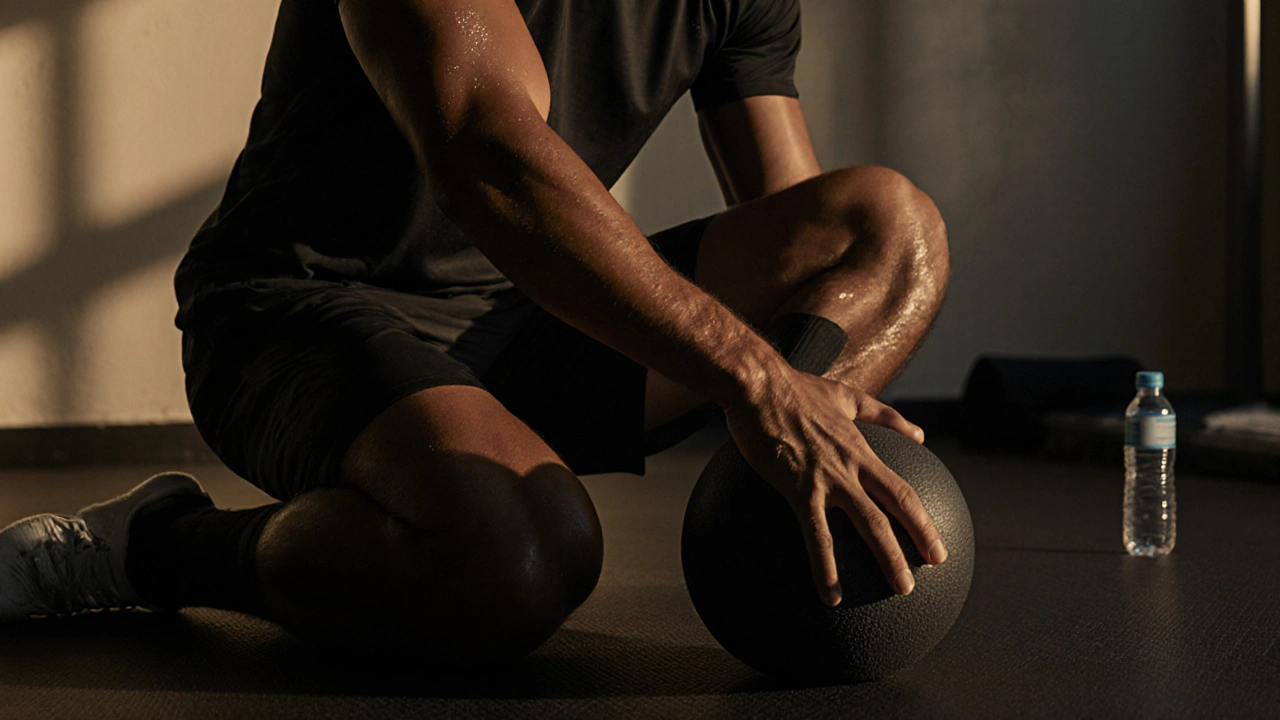Fascia Release: How It Relieves Pain, Boosts Mobility, and Works With Massage Therapy
When your body feels stiff, sore, or stuck—no matter how much you stretch—it’s often not your muscles alone. It’s your fascia, a web of connective tissue that wraps every muscle, bone, and organ in your body. Also known as myofascial tissue, it’s meant to glide smoothly, but stress, injury, or sitting too long can make it stick like glued paper. That’s where fascia release comes in: a hands-on approach to unstick, soften, and rehydrate this tissue so movement feels natural again.
Fascia release isn’t just another massage. It’s targeted work that goes deeper than surface muscles. Think of it like pulling apart tangled headphone cords—you’re not just rubbing the outside, you’re gently separating what’s stuck inside. This technique shows up in myofascial release therapy, a method used by physical therapists and massage practitioners to treat chronic pain and restricted mobility. It’s also why fascia stretching, a slow, sustained form of stretching that targets connective tissue rather than muscle fibers works better for some people than quick yoga poses. These aren’t random trends—they’re science-backed ways to reset how your body moves. And when paired with deep tissue massage or even stone massage, the results can be dramatic: less lower back pain, better posture, faster recovery after workouts, and even relief from headaches caused by tight neck fascia.
What you’ll find in the posts below isn’t just theory. Real guides show you how to do it yourself, what tools actually help (foam rollers, lacrosse balls, massage sticks), and how to avoid common mistakes that make things worse. You’ll see how bodybuilders use fascia stretching to break through plateaus, how massage therapists combine it with trigger point therapy, and why some people swear by it after years of failed treatments. No fluff. No jargon. Just clear, practical ways to get your body moving again—whether you’re recovering from an injury, training hard, or just tired of feeling stiff all the time.
Athletes are increasingly using myofascial release therapy to improve mobility, speed up recovery, and prevent injuries. Learn how this simple technique works, why it’s more effective than stretching or ice baths, and how to start using it today.


 Health and Wellness
Health and Wellness